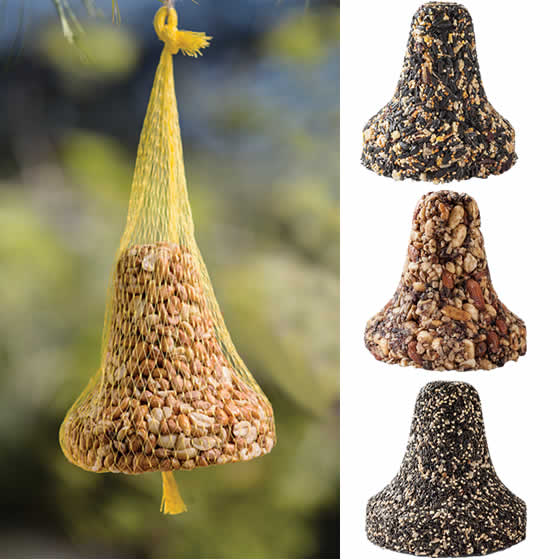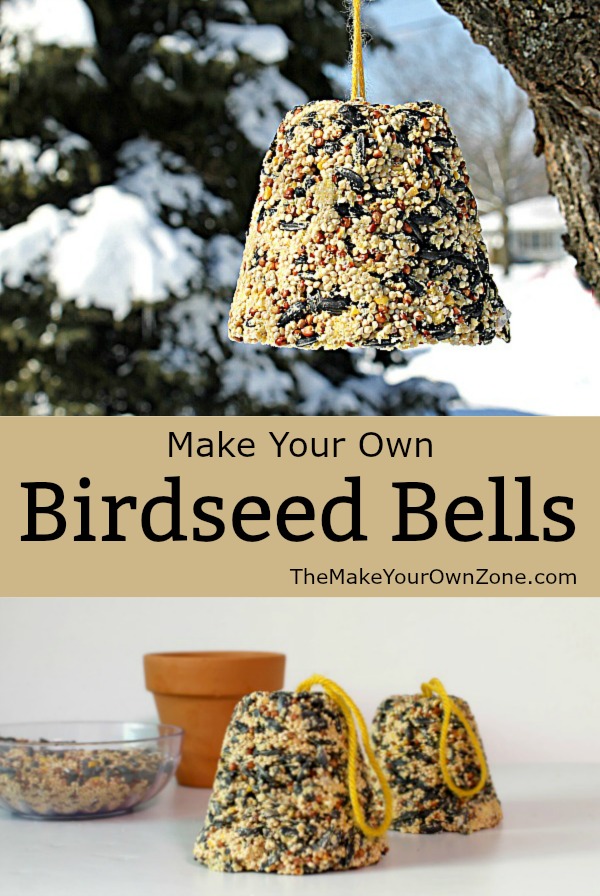

Soft food mixes for birds are more difficult to find because many of the ingredients preferred by birds that eat such foods are highly perishable.

Granivorous birds love to eat seeds especially sunflower seeds 2.
#DIY BIRD BELL HOW TO#
Because the nuthatch is an omnivore, it is very uncomplicated to feed How to make your own bird food When you feed omnivorous birds, you will notice that they peck at both the soft food and the grain mixture.

Although they usually prefer soft foods, they will also eat larger grains and other seeds. Omnivores like woodpeckers, tits, and nuthatches are the easiest birds to cater for. Blackbirds have more delicate beaks and therefore eat softer foods 3. Birds that fall into this category include robins, wrens, blackbirds, and starlings. While these birds usually prefer to feed on insects and berries, they will also eat fruits and smaller seeds, such as poppy seeds for instance.

#DIY BIRD BELL CRACK#
In contrast to granivores, birds that have small, pointed beaks that are not powerful enough to crack open large seeds and grains prefer feeding on soft foods. Generally speaking, granivorous birds will eat almost any type of seed, but sunflower seeds, linseed and hemp seeds are preferred. Many native bird species, such as the sparrow, finch, and hawfinch, prefer hard grains as their primary food source and are able to eat them thanks to their powerful beaks. Birds that primarily eat grains and seeds are known as granivores. Seeds are probably the first type of food that springs to mind when you think of feeding birds. Tip: Another way of helping the birds in your garden is to plant a bird-friendly seeds. If you choose to make your own bird food, you need to know about the following bird species so that you can cater to as many as possible. Like humans, birds have distinct tastes and dietary needs, and different bird species prefer different types of food. But if you look closely, you will soon realise that not all birds eat everything you put out for them. Making your own bird food is a great way not only to help birds, but also to observe them up close.


 0 kommentar(er)
0 kommentar(er)
